Saline’s female police officers, including Chief Marlene Radzik, share their reasons for joining the force, challenges faced, and how they’re reshaping perceptions in law enforcement.
Photo: Front: Officers Sieja, Schoeneich and Chief Radzik photo courtesy of Saline Police Dept
Saline’s Police Chief Marlene Radzik is a busy person. You may find her at the Saline Area Senior Center giving a presentation on ‘Behind the Badge: Women in Policing’, or calling at BINGO. Chief Radzik finds these outreach activities a wonderful way to connect to the community. But in her capacity as a law enforcement officer – or more accurately, “police services officer” – you may also find her in front of the cameras explaining to the public a recent crime event. Either way, Radzik says she “entered this field driven by a genuine desire to help others.”
If you think it’s unusual to have a female police chief, you are right. According to the Zippia Career Website, “there are over 3,895 chiefs of police currently employed in the United States. 8.3% of all chiefs of police are women.”
To find out more about why women choose to serve and the challenges they face, I interviewed Saline’s four women police officers (Marlene Radzik, Kelsie Andrews, Jennifer Schoeneich, and Morgan Sieja). Here is their story.
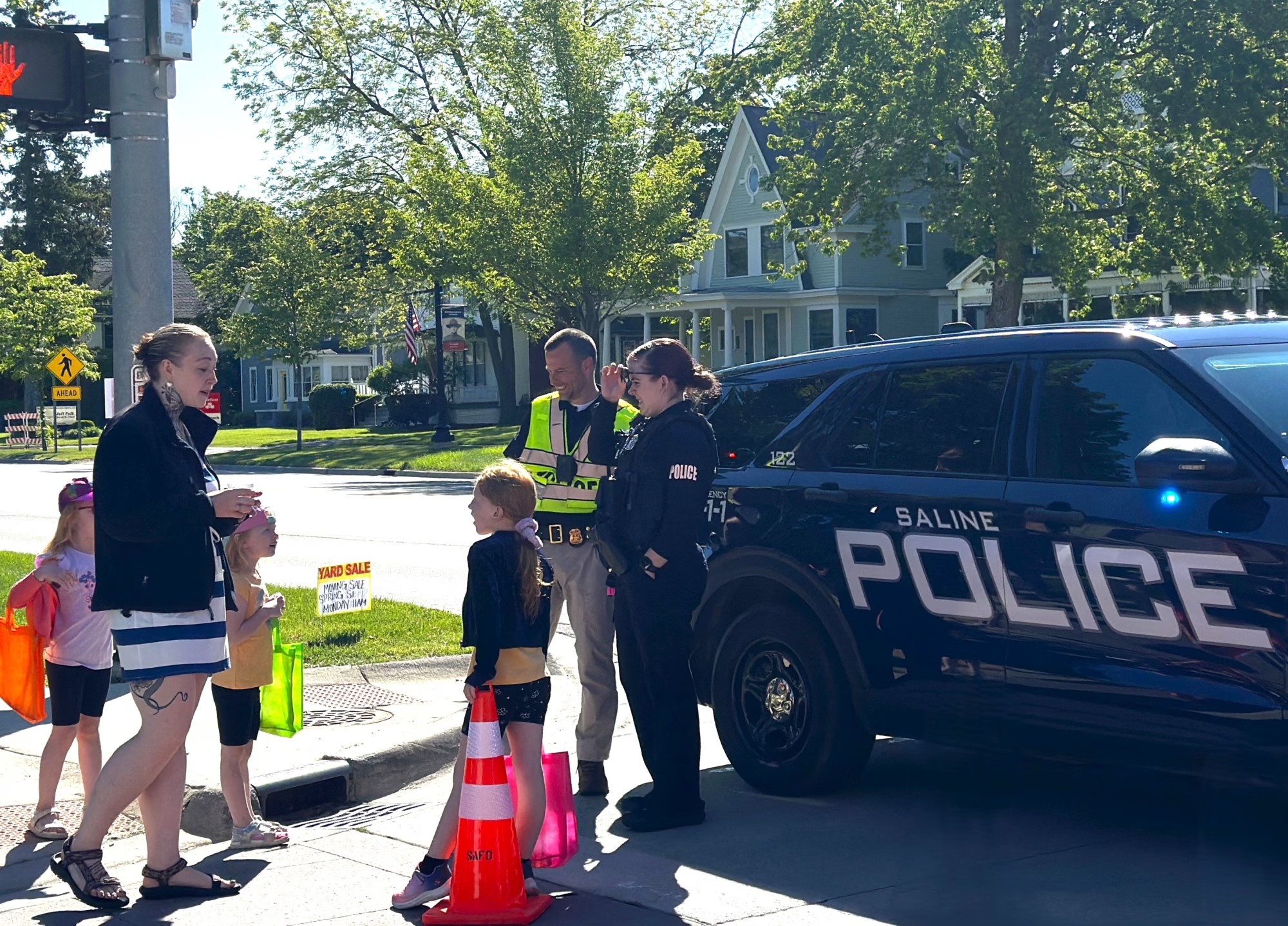
Why Did You Choose to Serve?
To Be A Kind Officer Who Not Only Enforces the Law but Supports Those in Need
Radzik: “I entered this field driven by a genuine desire to help others. A defining moment occurred for me at 5 years old, after witnessing a tragic, fatal motorcycle accident involving my 15-year-old brother. It shook our entire family and forever changed our lives. I vividly remember the police officers who investigated, taking the time to talk to us and providing support at such a devastating moment. Their compassion and professionalism left a lasting impression on me.”
She adds, “From that young age, I felt a calling to follow in their footsteps, and to be the kind of officer who not only enforces the law but also supports and uplifts those in need, as those officers had.”
Sieja: “It’s a funny story, but what initially drew me to the field of police services was when I received my very first traffic ticket as a young driver. I decided to go to court – not to fight the citation but because I wanted to get the associated points removed. Sitting in the courtroom and observing, I was intrigued. I was an undeclared major in college but started taking Criminal Justice courses. Six years later I am now in police services.”
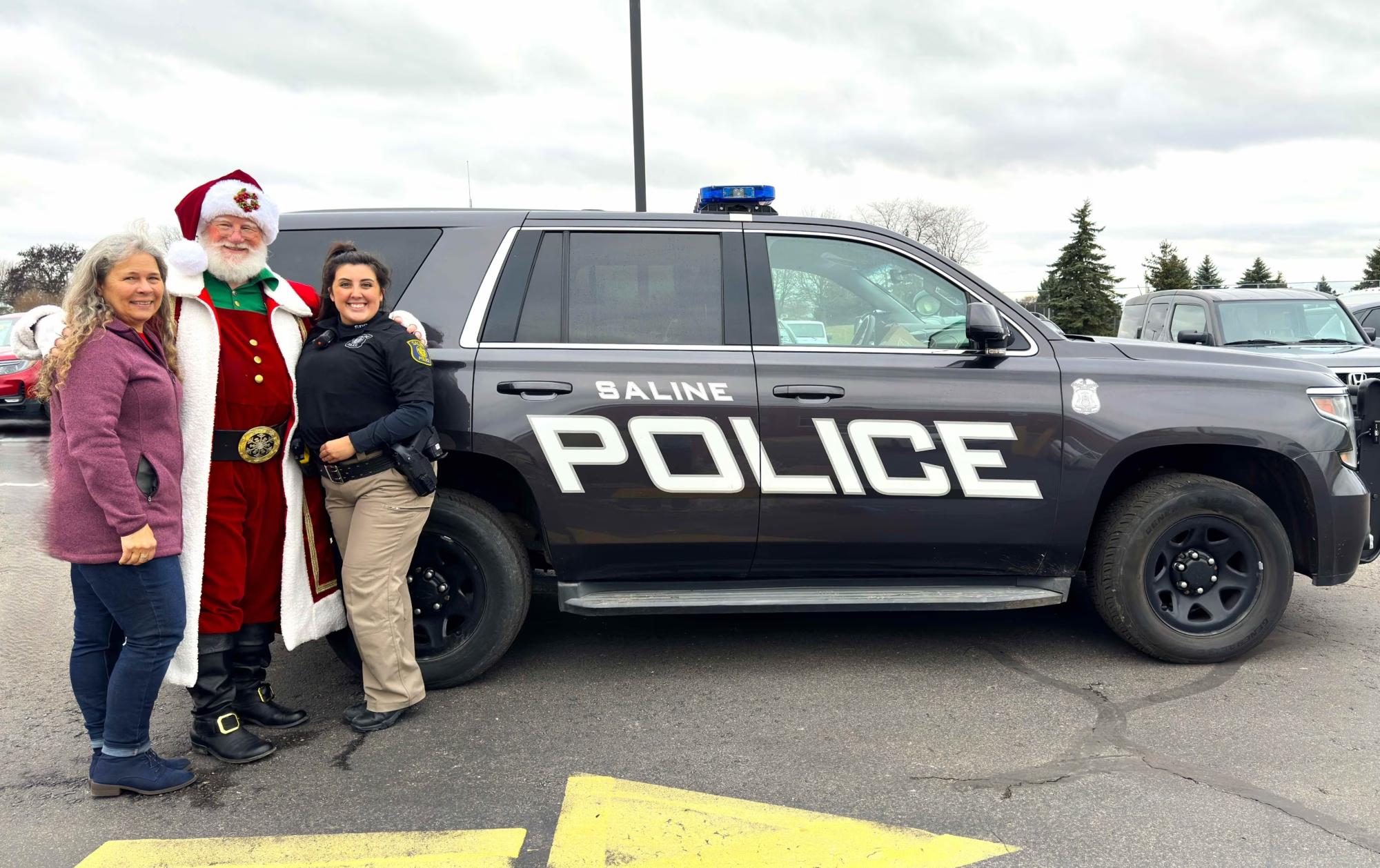
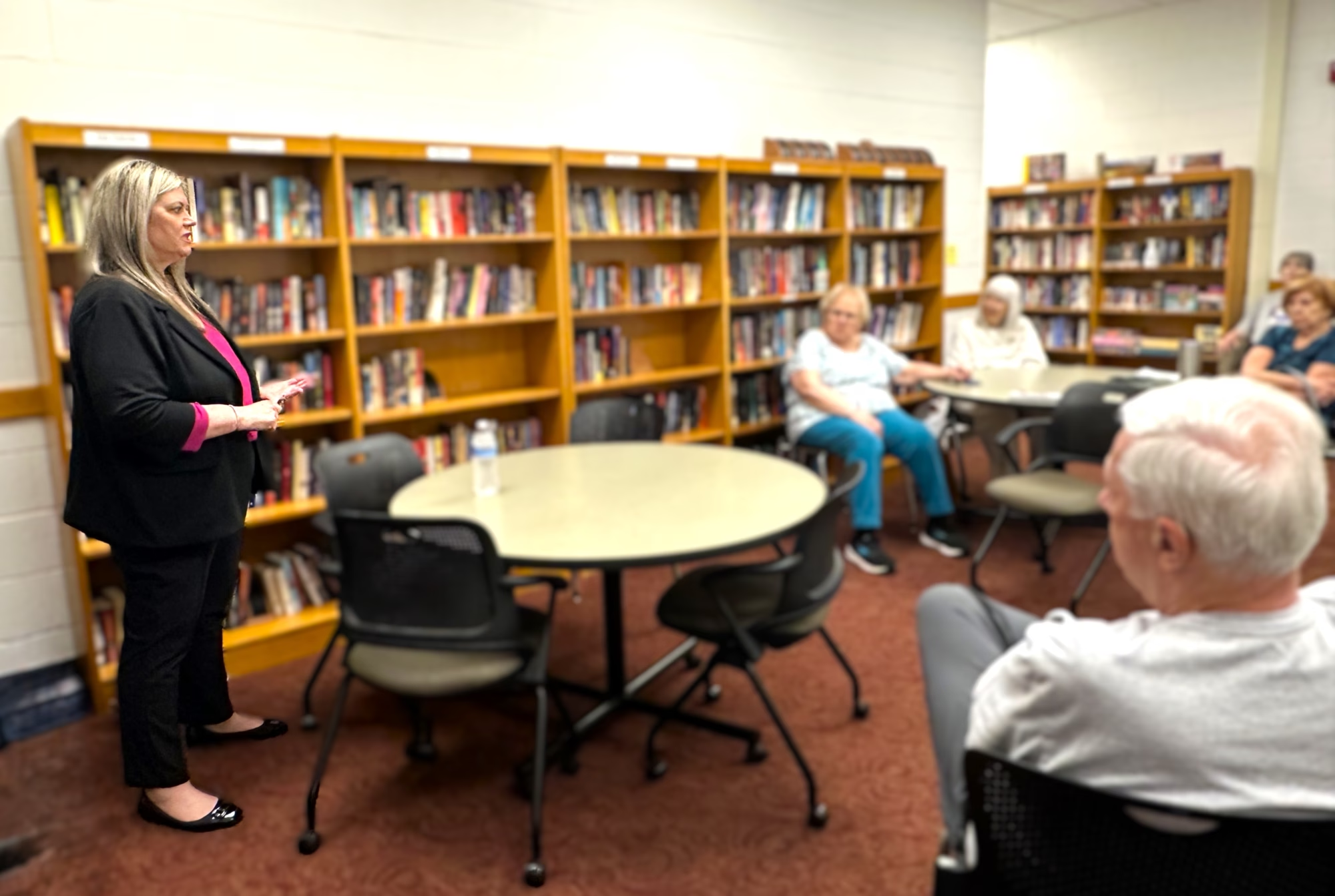
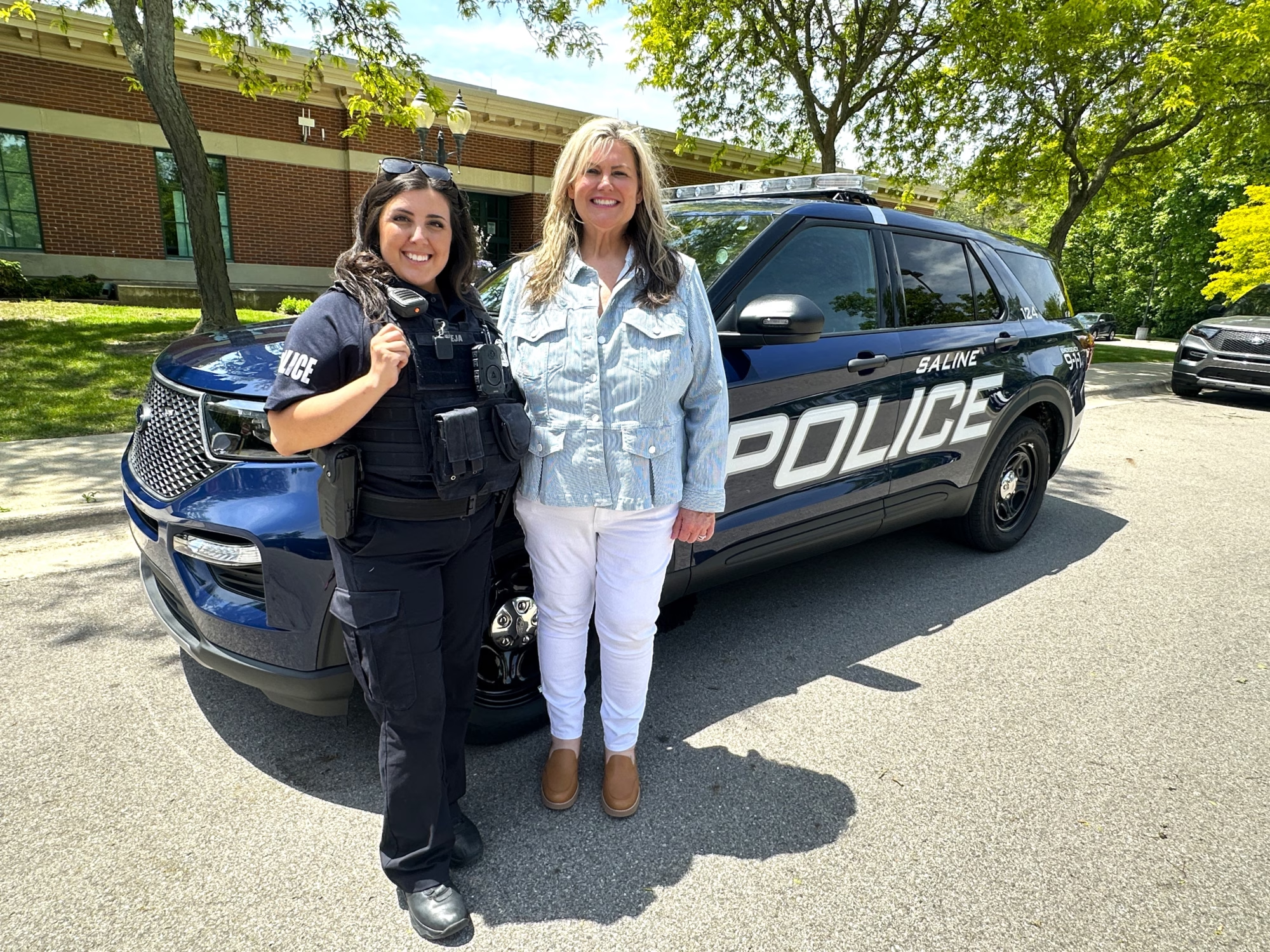
What are Some Challenges Women Face?
“You’re too Pretty to be a Police Officer”
Radzik: “The world of police services remains predominantly male, creating an environment where women feel outnumbered. This imbalance unfortunately reinforces outdated gender roles and misconceptions. But we know that true strength comes in many forms.”
She continues, “For example, women can experience difficulty achieving a healthy work-life balance and transitioning to parenthood can feel more daunting. The struggle to fit into uniforms while contemplating limited-duty assignments is overwhelming, particularly since not all agencies have such options available.”
Andrews: “The biggest challenge most of us face is that some believe we don’t belong in the profession, so women feel they have to prove they’re capable. My solution is to continue to be myself while working hard daily.”
Sieja: “A personal challenge I’ve faced throughout my career is hearing comments like ‘You’re too pretty to be a cop’ something rarely said – if ever – to a male officer. I’ve learned to respond by thanking them while gently shifting the conversation.”
How Did Your Family React When You Chose This Profession?
“Mommy, Can I Wear My Police Uniform to Look Like You?”
Schoeneich: “My father has already passed away by the time I became an officer. My mom was concerned, but proud. You learn not to share certain details with family.”
Andrews: “When I became a police officer, my family and friends were absolutely worried for my safety. Overall, I am blessed to have a supportive circle around me who continue to help me strive for the best.”
Sieja: “Because of my small stature, and being the first in my family to even consider this career, my family was shocked. Regardless, they have been my greatest supporters. One of the most heartwarming things to hear is my 3-year-old son excitedly ask, ‘Mommy, can I wear my Police Officer uniform to look like you?’ “
What is the Public Impression of Women in Policing?
Women Have to Complete the Same Police Academy Training As Men
Schoenreich: “The public view of female officers can go either way, it depends on the officer. There are comments about whether women should be on the road, just like the discussion of women in combat.”
Andrews: “I think the overall public impression of females in law enforcement is supportive and positive. Female police officers are often looked at as more compassionate and calm.”
Sieja: “Women are required to take the same tests at the Police Academy as men. Overall, it is about balance, teamwork, using everyone’s strengths, and coming together.”
Together We Can Pave the Way for a Brighter, More Equitable Landscape
Chief Radzik has spent nearly 35 years in law enforcement. She is often asked, “When will you retire?” Her response? “I remain in this field because I am genuinely passionate about it, and I’m committed to inspiring change. When I speak with female applicants, a recurring theme arises when asked about their motivation to join our department; many express their excitement about having a female Commander or Chief at the Saline Police Department.”
“This underscores the importance of representation,” she concludes. “It inspires future generations and fosters a more inclusive and dynamic future for police services. Together, we can pave the way for a brighter, more equitable landscape in this important field.”
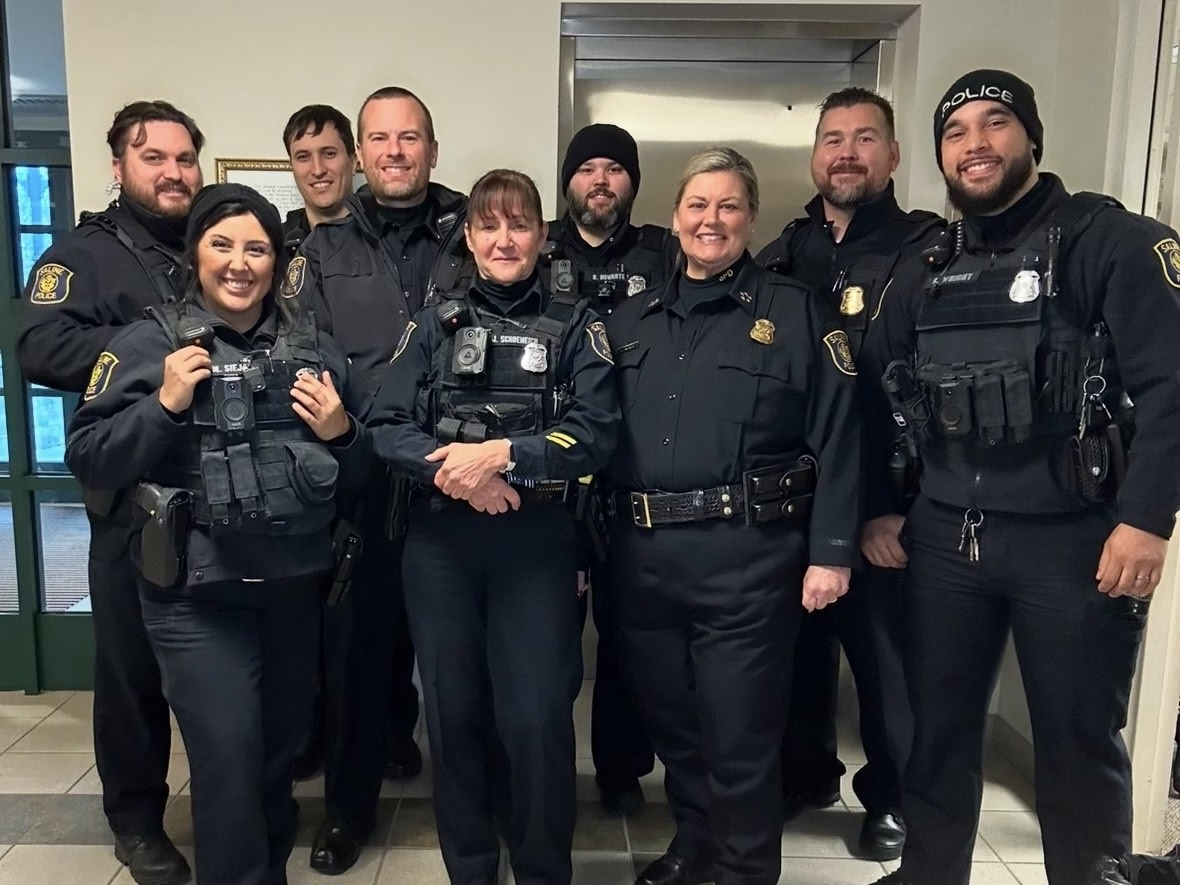




 8123 Main St Suite 200 Dexter, MI 48130
8123 Main St Suite 200 Dexter, MI 48130

